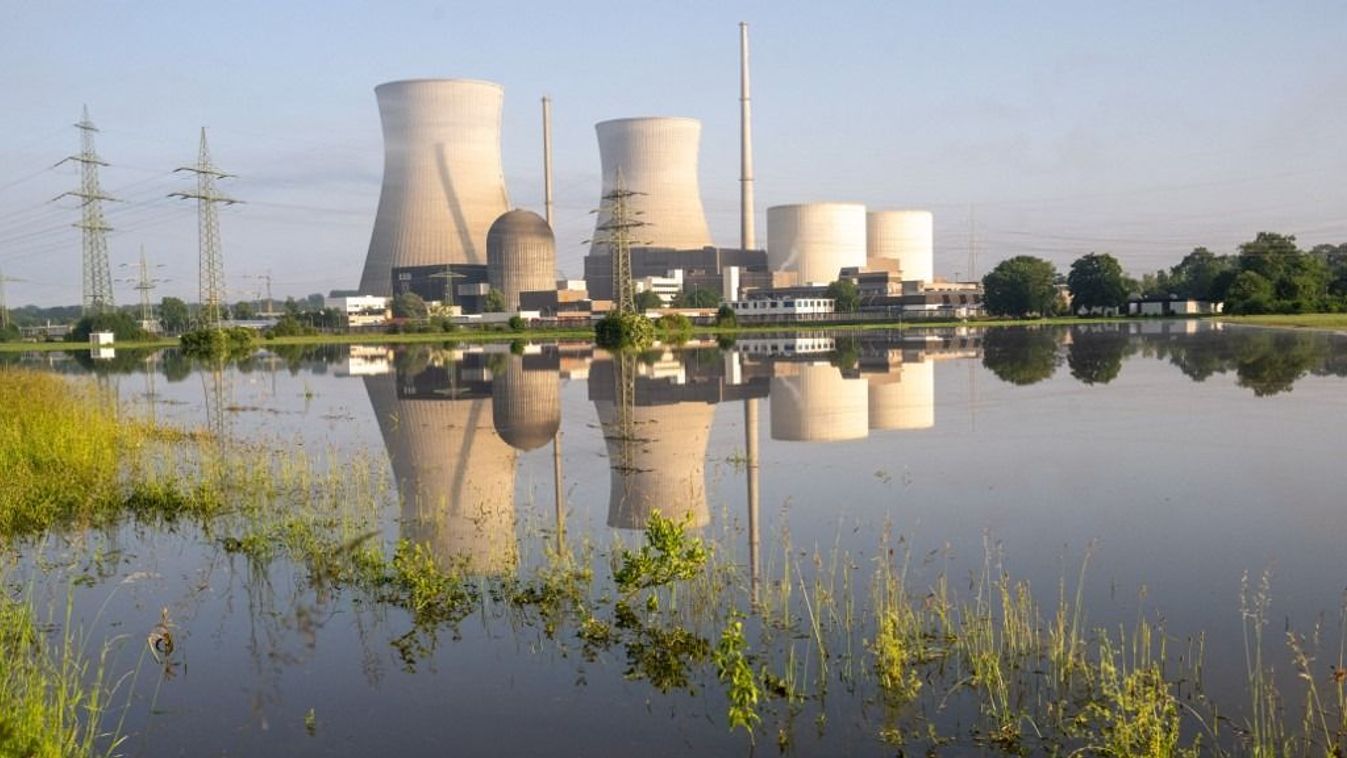Central Banking Deflowered
Similar comments were made about the US Federal Reserve in 2008, after it began large-scale purchases of non-conventional assets, including agency debt and mortgage-backed securities, in order to support the collapsing US housing market. Former Fed Chairman Paul Volcker, for example, complained that the institution was operating at the bounds of legality.
In both cases, the central bank looked as if it was doing something other than traditional monetary policy. In the past 30 years, a remarkable degree of consensus had been established that the primary, if not sole, responsibility of central banks was to ensure price stability. Increasingly, since the early 1990’s, it had become fashionable to define price stability more precisely through the use of inflation targets.
Keeping prices roughly constant was a very different mission from the historical role of central banks. In the original vision of central banking, price stability was not at all an obvious purpose, since the value of money was cast in terms of specific weights of precious metals.
Instead, central banks were established for two major purposes. First, they were to manage the state’s credit, almost inevitably in the wake of costly major wars. This was how the oldest central banks, the Swedish Riksbank (1668) and the Bank of England (1694), came into being. Likewise, another wave of central banks was founded in the early nineteenth century, with the Norwegian and Finnish banks following the example of the Banque de France (1800).
In each case, the new bank was closely tied to the interests and influence of a narrow political elite. The banks looked as if they were devices to harness financial power to an existing but controversial and threatened political order.
More democratic regimes were, consequently, rather suspicious of the political implications of institutional innovation. It was suspicion of the politics behind a designated state-oriented central bank that led to the non-renewal of the charters, and the demise, of the First and Second Bank of the United States. Resistance to the process of political capture led in some countries (such as Switzerland) to opposition to establishing any central bank at all.
A second historical motivation for the creation of central banks involved the safeguarding of financial systems. In the mid-nineteenth century, a new generation of central banks was established essentially to manage payments systems and stabilize fragile banking systems.
This was the motivation behind the founding of the German Reichsbank (1875), which was a response to the stock-market and financial collapse of 1873, and the US Federal Reserve System (1914), which was established in the wake of the major financial crisis of 1907. In these cases, too, there was an obvious suspicion that the central bank was a tool of the financial elite.
The ECB is the first and purest example of a modern central bank that is concerned only with the issuance of money and price stability. It absorbed much of the political inheritance of Germany’s Bundesbank, whose establishment after World War II reflected Allied insistence on breaking with German central banking’s past traditions, in which political subservience and close ties to the financial establishment undermined monetary stability, leading to inflation and the destruction of the currency.
There had been a prior attempt to create an institution that would deal with short-term support mechanisms for member states: the European Monetary Cooperation Fund, launched in 1973 and governed by a board of central bank governors. Designated as a European Community institution, it was regarded as being dangerously political.
The ECB was also unlike older central banks in that it was not seen as a source of support for an integrated but potentially vulnerable banking system. In the late 1980’s and early 1990’s, there were debates about whether the ECB should be responsible for banking supervision and regulation. The answer was no – a decision that, in the wake of the 2007-2008 credit crisis, appears to have been a fundamental mistake.
In other words, in the face of the crisis, the ECB needs to behave much more like the older central banks. In the first place, it is becoming an institution concerned with state debt, particularly with its term structure, and with ensuring that the market for that debt continues to operate smoothly, without episodes of breakdown and panic. Second, it has become clear that, whether they like it or not, central banks bear major responsibility for financial-sector stability.
There are obvious risks: non-conventional monetary policy might be considered a sort of fiscal policy, in which the central bank is allocating or redistributing resources to a particular constituency: the housing market in the case of the US, or recipients of government largesse in the European case.
The transition to the new stance will involve a broader and much more political role for the central bank. Hence there will inevitably be a demand for greater accountability, and even for the involvement of political authorities in the process of setting central-bank policies.
Permanent virginity is a recipe for permanent sterility. The choice for European central banking is now open: should it play around with multiple political partners, or should it settle down to stable marital bliss with a well-defined mechanism for responsibility and accountability?
Copyright: Project Syndicate, 2010.
www.project-syndicate.org

Portfóliónk minőségi tartalmat jelent minden olvasó számára. Egyedülálló elérést, országos lefedettséget és változatos megjelenési lehetőséget biztosít. Folyamatosan keressük az új irányokat és fejlődési lehetőségeket. Ez jövőnk záloga.























